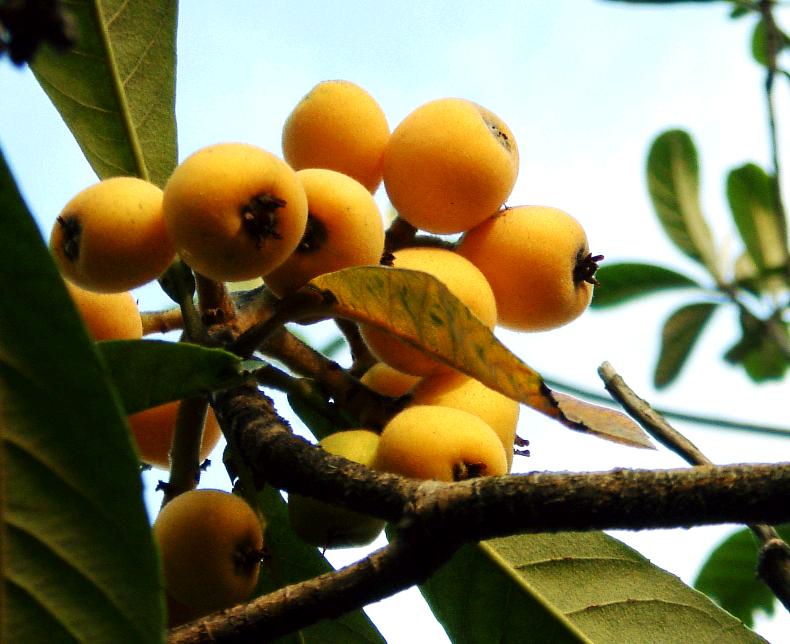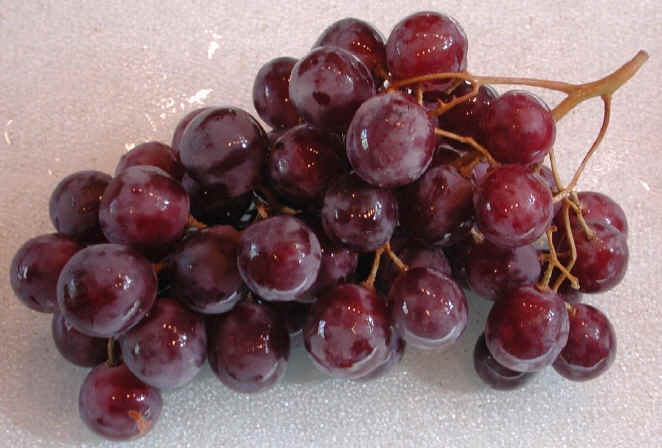The blackberry is an edible fruit produced by any of several species in the Rubus genus of the Rosaceae family. The fruit is not a true berry; botanically it is termed an aggregate fruit. The plants typically have biennial canes and perennial roots. Blackberries and raspberries are also called caneberries orbrambles. It is a widespread, and well known group of over 375 species, many of which are closely related apomictic microspecies native throughout the temperate northern hemisphere and South America.
Blackberry – The fruit of the bramble bush which is a very common european wild bush, blackberries are also cultivated and blackberry jam is a british favourite. Picking blackberries is enjoyable, but the bush has sharp spines. Blackberries find their way into wines and liqueurs, but apart from jam, their most common use is in blackberry and apple pies.
Blackberries are perennial plants which typically bear biennialstems (“canes”) from the perennial root system.
In its first year, a new stem, the primocane, grows vigorously to its full length of 3-6 m (in some cases, up to 9 m), arching or trailing along the ground and bearing large palmately compoundleaves with five or seven leaflets; it does not produce any flowers. In its second year, the cane becomes a floricane and the stem does not grow longer, but the flower buds break to produce flowering laterals, which bear smaller leaves with three or five leaflets. First and second year shoots are usually spiny with numerous short curved very sharp thorns (thornless cultivars have been developed purposefully). Recently the University of Arkansas has developed primocane fruiting blackberries that grow and flower on first year growth much as the primocane (also called fall bearing or everbearing) fruiting red raspberries.
Unmanaged mature plants form a tangle of dense arching stems, the branches rooting from the node tip on many species when they reach the ground. Vigorous and growing rapidly in woods, scrub, hillsides and hedgerows, blackberry shrubs tolerate poor soils, readily colonizing wasteland, ditches and vacant lots.
The flowers are produced in late spring and early summer on short racemes on the tips of the flowering laterals. Each flower is about 2-3 cm in diameter with five white or pale pink petals. The newly developed primocane fruiting produces flowers and fruits on the new growth.
The drupelets only develop around ovules that are fertilized by the male gamete from a pollen grain. The most likely cause of undeveloped ovules is inadequate pollinator visits. Even a small change in conditions, such as a rainy day or a day too hot for bees to work after early morning, can reduce the number of bee visits to the flower, thus reducing the quality of the fruit. However, the early flowers typically form more drupelets than the later ones because the early flower buds develop over a longer period during the dormant period[citation needed]. Incomplete drupelet development can also be a symptom of exhausted reserves in the plant’s roots, or infection with a virus such as Raspberry bushy dwarf virus.
In botanical terminology, the fruit is not a berry, but an aggregate fruit of numerous drupelets ripening to black or dark purple.
Benefits
Blackberries are a good low fat source of vitamin E and it helps to fight infection. It also contains salcylate, which is thought to lower the chance of heart risk. It also contains vitamin C, phenolic acids and folate.
Maximising the benefits
Blackberries are best eaten fresh, but the cooked variety still contains high quantities of vitamin E.


Carol Plahs
This was a nice post to read, thank you for sharing it.
Donn Laprairie
Good job! what a great post!